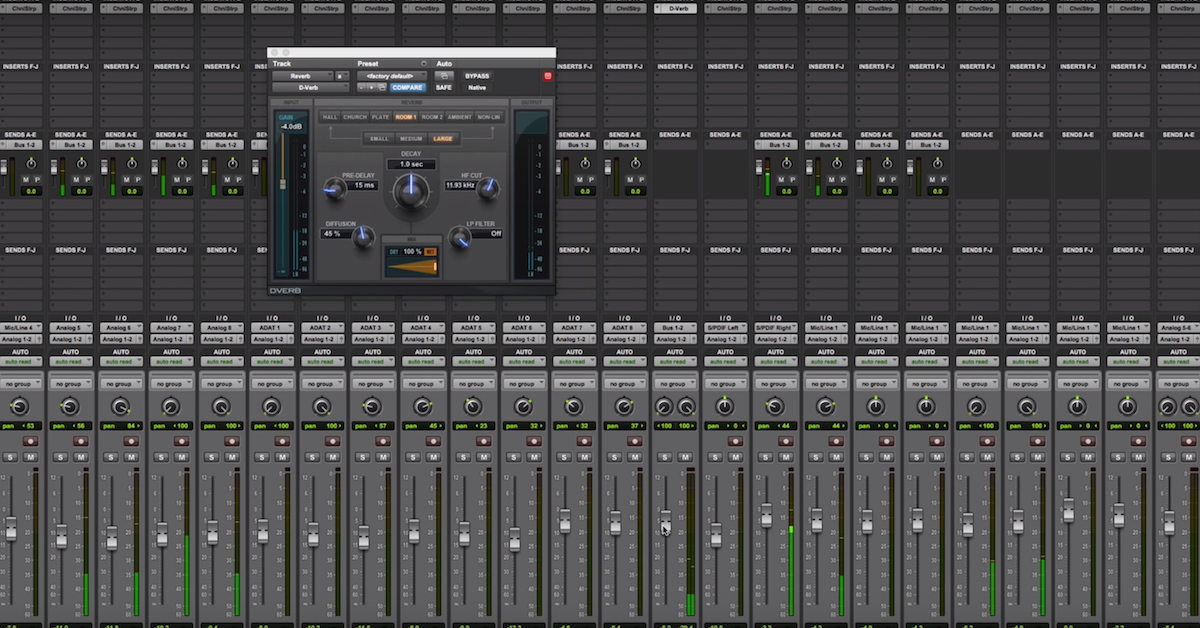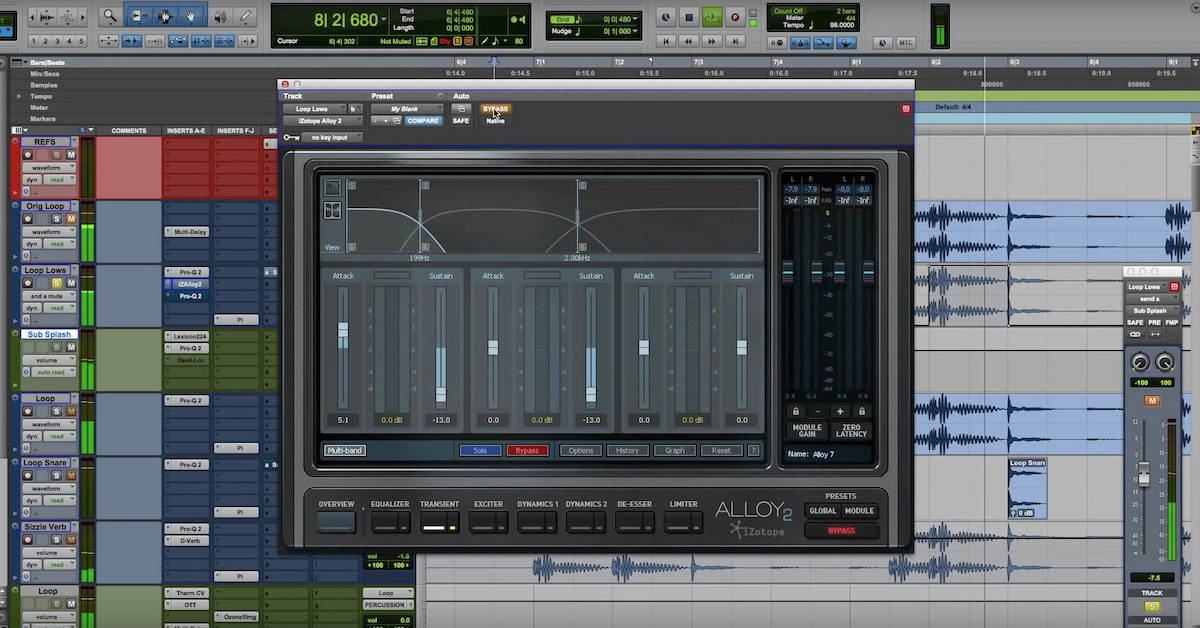5 Ways to Approach the Beginning of a Mix
Article Content
There are two ways to approach a mix: with a plan or without.
While sometimes it can be interesting/fun/horribly frustrating to approach a mix without any direction in mind, more often than not, it ends in heartbreak. And failure. And PTSD. Did I mention failure? Ok, I’m exaggerating a bit, but I find if I just “go for it” I usually end up clearing the session and going for it again.
Here are five ways to approach a mix to help give you focus and direction.
1. The Rhythm Approach
A tried and true classic approach is to focus on the rhythmic elements.
Start with the drums and build the most groovin-est kit — then fly in those percussion elements and the bass.
Once you’ve got a gluey-chewy rhythm section, start pulling in other rhythmic drivers, like rhythm guitar, keyboard, etc.
The big melodic elements come last — that is, lead guitars, vocals, etc.
The big benefit to this approach is that it really centers the mix around the idea of groove. And the first rule of selling a song is: If it grooves, it moves.
2. The Vocal Pyramid
An equally common approach is to start with your “focal” element (which is very often the lead vocals).
You get a shining brilliant sound for your lead, and then you start constructing the rest of the mix around this. You move to competing elements, either in the sense of things that have similar frequency content and/or other elements that are meant to be features of the record.
From the vocal, I might move to the acoustic guitar, snare drum or piano depending on the particular record. But the theme is the same: whatever is next in line in terms of importance.
The big benefit to this approach is that it plays to the most important elements of the record. Getting to the end of the mix only to bring in the most important element and find that you can’t get it to work is thee worst feeling in the world. Ever.
3. The Bottom to Top Mix
A less common but very effective approach is to start from your lowest bass elements and construct the mix vertically.
Step one may be the bass, 808, deep kick drum or whatever is dominating the sub range, and then moving up to, say, a kick drum or bass guitar — or whatever is living in the natural bass range.
You then progress to the next deepest element, maybe a synth or keyboard, or bassy vocal or snare. And then you continue up the ladder until you finish off with the hi-hats or tambourine … or whistle or screaming cats … whatever is dominating the treble.
The key to making this approach work is that when you get to the elements that are designed to live in the same range, you mix them into one homogenized element (such as string layers, synth stacks, drum layers).
The big benefit to this approach is that it makes your EQ decisions really clear because you start from the premise that you are assigning primary frequency ranges to certain elements.
4. The Fix It Then Mix It Approach
This approach is not mutually exclusive to any other game plan. Basically, the idea is that you take the time to create a “perfect production.” That is, you fix tracking mistakes, take care of edits and pitch correction, create augmenting drum layers if needed, apply and PRINT corrective EQ and compression, create your reverb and delay layers and print them out … essentially you think of the first stage of the mix as a chance to make your session appear as if it were “perfectly” produced and tracked.
This stage is complete when you can throw the faders up and have a working mix. From there you focus on automation and very “tweaky” kind of EQ moves.
The big benefit to this approach is that it allows you to compartmentalize the mix into “the busy work” and “the fun part.”
Once you’re through with the first part, you take a break, come back, and the mix basically can’t go wrong. So you get to focus on brilliant level rides and automation changes, and you never really have to dwell on things that just aren’t working.
It’s also a commitment based process which can be uncomfortable at first, but becomes mentally relieving (and easier on your CPU) as you get used to it.
5. Create the Space
This is an approach that, as far as I know, I’m really the only one doing as a standard practice. The idea of this approach is to create your reverb and delay returns right at the beginning of the mix (and often print them), and group them with any room captures that were taken during tracking.
You start with these elements and dedicate the first stage of the mix toward mixing all of the “space” sounds. The purpose of this is to create a unified space for the elements to live in — a three-dimensional image that is believable to the ear. While this approach isn’t necessarily effective for genres where artificial/unrealistic/disjointed space is ok (Pop, EDM, Hip-Hop), it can be exceptionally useful for genres that desire a more natural feeling ambience like Jazz, Singer-Songwriter, Classic Rock, or genres that desire a distinct and thoroughly “designed” sense of space like Indie-Rock.
The benefit to this approach is that you create a functioning stereo image right from the get-go. Front-to-back imaging and space is one of the most difficult aspects of a mix to nail down, and this approach really takes out the guess work and allows for a very decided world for the musical elements to live in.
I also find that having the tonality of the space already locked down really helps guide the mix of the dry elements.
Conclusion
How you choose to start a mix inherently decides how you will end a mix.
Having a plan to get from point A to Z will save massive amounts of headache down the line and usually results in a better sound.
What approach do you prefer? Maybe there’s an approach I haven’t included in my list. If so feel free to leave your ideas in the comment section below.





